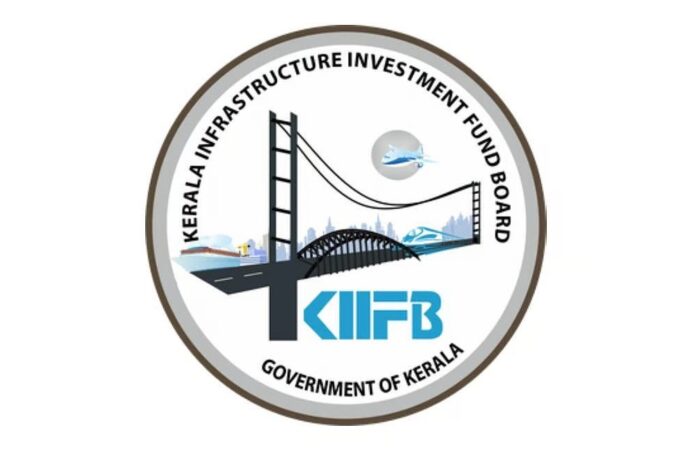KIIFB plans a ₹90 crore office building despite mounting financial strain and underutilised government spaces. The agency spent ₹3,505 crore on debt repayment in 2023-24, with several projects still stalled. As the government reevaluates KIIFB’s revenue model, concerns over costly infrastructure investments amid shifting global work trends grow.
Despite its mounting financial commitments, the Kerala Infrastructure Investment Fund Board (KIIFB) is moving forward with plans to construct a ₹90 crore office building. Estimates suggest the final cost could exceed ₹100 crore, raising concerns about the timing and necessity of such an investment, especially when several government-owned buildings remain vacant in Thiruvananthapuram.
KIIFB has already paid ₹13.74 crore in office rent since 2015, with annual costs rising from ₹12.10 lakh in 2015-16 to ₹2.5 crore in 2023-24. Finance Minister K.N. Balagopal, confirming these figures in the state assembly, also disclosed that business groups like Sunny Varkey, Muthoot FinCorp, and Star Hill Real Estate had submitted tenders following the agency’s Expression of Interest (EOI) to acquire land or office space for the project.
Underutilised Government Infrastructure Raises Concerns
Critics argue that KIIFB’s decision to invest in a dedicated office space is questionable, given the availability of unused government buildings. The Secretariat Annexe-II, completed recently, freed up significant office space. Yet, agencies like KIIFB and the Rebuild Kerala Initiative (RKI) continue to rent private spaces instead of utilising government infrastructure.
A prominent example is the Air India building in Vellayambalam, which once housed the airline’s regional office but now accommodates the Kerala Public Enterprises (Selection & Recruitment) Board, an entity that reportedly requires far less space. These instances highlight the underutilisation of government properties, leading to concerns about unnecessary public expenditure on new infrastructure.
KIIFB’s Struggles with Debt and Project Delays
The financial strain on KIIFB was highlighted in its 2023-24 annual report, which revealed that ₹3,505 crore of the ₹5,803 crore raised last fiscal year was used for debt repayment rather than infrastructure development. While KIIFB has committed over ₹80,000 crore to various projects, several remain stalled or are yet to begin.
The state government is now re-evaluating KIIFB’s revenue model, which relies heavily on Motor Vehicle Tax and fuel cess. Given the uncertainty around these funding sources, the government is considering introducing tolls on roads developed under KIIFB, which contradicts its earlier commitment to toll-free infrastructure development.
A Costly Move Amid Changing Work Trends
Globally, businesses and governments are shifting towards cost-effective office spaces, hybrid work models, and digital operations to optimise resources. Against this backdrop, KIIFB’s decision to invest ₹100 crore in a permanent headquarters has sparked criticism over its financial priorities.
With rising debt, stalled projects, and questions over long-term funding, the agency’s ambitious office plan adds another layer of scrutiny to its financial management. As the government grapples with finding sustainable revenue sources for KIIFB, the necessity of this new headquarters remains a pressing debate.























